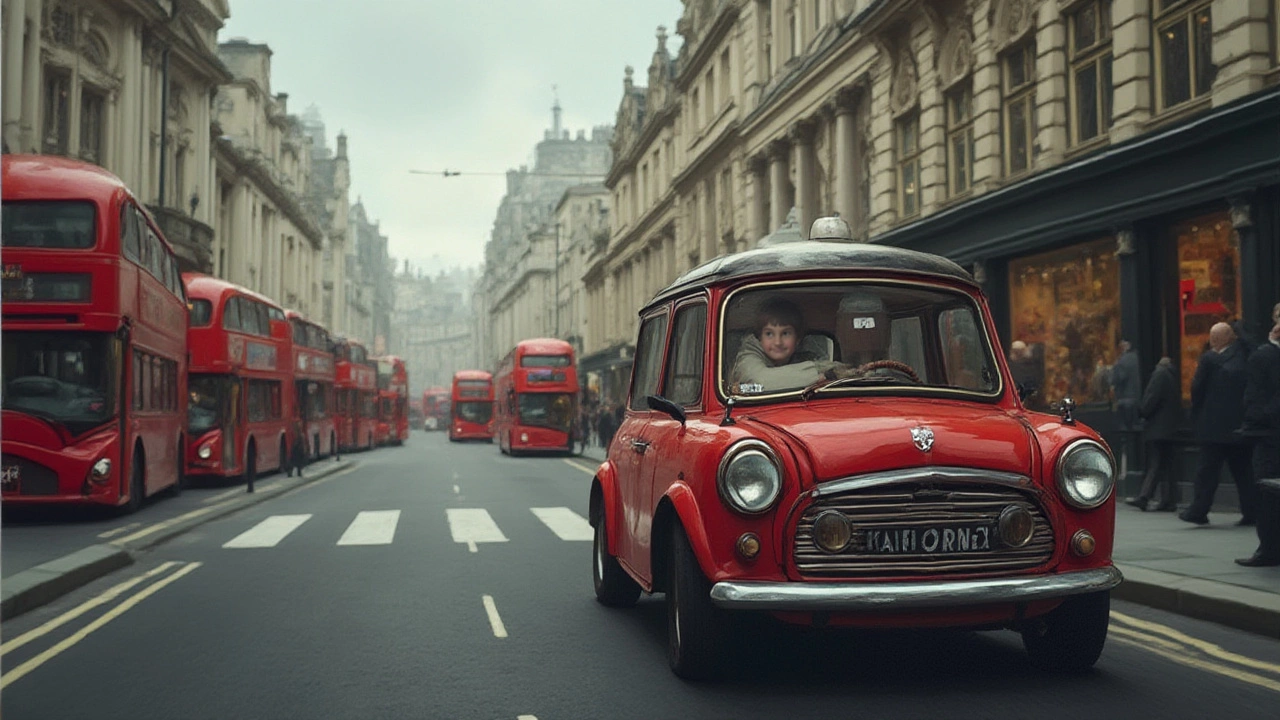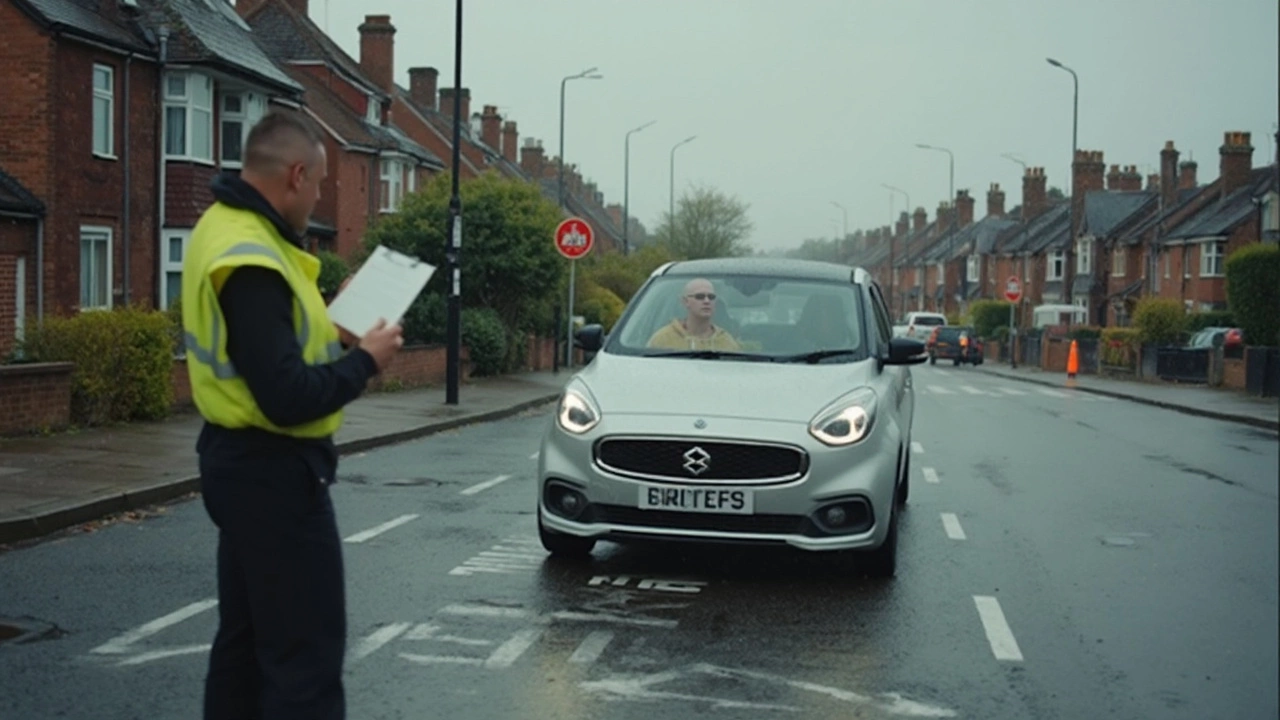Driving Test Mistakes: How Many Major Faults Lead to Failure?
If you’ve booked a driving test, you’re probably wondering how many slip‑ups will send you home. The short answer: one major fault can be enough to fail. But there’s more to it than just the number. Knowing which errors count as major and how examiners spot them can give you the edge you need.
What Counts as a Major Fault?
A major fault is any mistake that makes the road unsafe for you or other users. Typical examples include:
- Rolling through a red light or ignoring a stop sign.
- Failing to give way to pedestrians at a crossing.
- Driving too close to the curb or hitting a kerb.
- Not checking mirrors properly before changing lanes.
- Disobeying a traffic officer’s directions.
Even one of these can end the test instantly. The examiner’s job is to keep the road safe, so they won’t overlook a single dangerous move.
Common Minor Mistakes That Add Up
Minor faults don’t automatically fail you, but they stack up. Five or more minor faults can also lead to a failure in many regions. These are the usual suspects:
- Late signalling or forgetting to signal altogether.
- Incorrect gear changes that aren’t dangerous but look sloppy.
- Not using the correct speed for the road condition.
- Unsmooth steering or jerky braking.
- Hesitation at junctions that isn’t unsafe.
While a single minor fault is fine, keep an eye on the total. If you’re already at four, the next one could tip you over the limit.
So how do you keep mistakes to a minimum? Here are three practical steps you can start using today.
Three Simple Ways to Cut Mistakes
1. Practice the “four‑second rule.” Before you change lanes or turn, count to four while checking mirrors and blind spots. It forces you to look and signal deliberately, cutting down on missed signals.
2. Use the "stop‑change‑go" routine. When approaching a stop sign, pause, check for traffic, then proceed. This habit eliminates rolling stops, a frequent major fault.
3. Simulate the test route. Walk the route on a map or drive it with a friend before the actual day. Knowing where the tricky junctions are lets you plan your moves and reduces surprise errors.
Remember, confidence comes from preparation. A calm mind makes it easier to spot hazards and follow the rules.
Got a specific worry, like fear of hills or roundabouts? Spend extra time on those spots in a quiet area. The more comfortable you feel, the less likely you are to panic and commit a major fault.
Finally, treat the examiner like a coach, not a judge. They’re there to see if you’re a safe driver, not to trick you. Answer their questions clearly, and don’t be afraid to ask for clarification if you’re unsure about an instruction.
Bottom line: one major fault = fail, five minor faults can also mean fail. Focus on eliminating the big safety errors first, then tidy up the small ones. With the right practice routine, you’ll walk into the test centre feeling ready and leave with a pass.
- July 13 2025
- 0 Comments
- Rowan Cavendish
Biggest Mistakes to Avoid on Your Driving Test: Essential Tips for Passing
Don't let simple mistakes cost you a pass on your driving test. Learn which errors trip up most learners and get smart advice for first-time success.
- June 29 2025
- 0 Comments
- Rowan Cavendish
Major Driving Test Mistakes That Can Instantly Fail You
Discover the biggest driving test mistakes, why examiners fail people instantly, and how to avoid the errors that stop you from passing your road test.
- March 28 2025
- 0 Comments
- Rowan Cavendish
Major Faults in a Driving Test: Know Before You Go
Passing a driving test can feel like a rite of passage, but it’s not just about knowing the rules of the road. Understanding what major faults could fail you is crucial. This article dives into the most common mistakes candidates make and how to avoid them, offering practical tips and real-life insights. Whether you're a first-timer or trying again, learn how to improve your chances of passing with flying colors.
- Driving Lessons (41)
- HGV Training (31)
- Driving Test Tips (31)
- Driving Test Booking (26)
- Driving Licence Renewal (23)
- Driving Theory Test (21)
- Pass Plus Course (15)
- Driving Tips (15)
- Intensive Driving Course (15)
- Driver Licensing (14)
Categories
- December 2025 (12)
- November 2025 (13)
- October 2025 (21)
- September 2025 (5)
- August 2025 (8)
- July 2025 (30)
- June 2025 (30)
- May 2025 (30)
- April 2025 (31)
- March 2025 (30)
- February 2025 (28)
- January 2025 (34)
Archives
- driving lessons
- driving test
- driving tips
- intensive driving course
- driving test tips
- HGV training
- learn to drive
- driving theory test
- driver training
- driving test booking
- pass driving test
- HGV driving
- road safety
- driving license renewal
- Virginia driving test
- learner drivers
- safe driving
- Virginia driver's license
- driving license
- learning to drive



